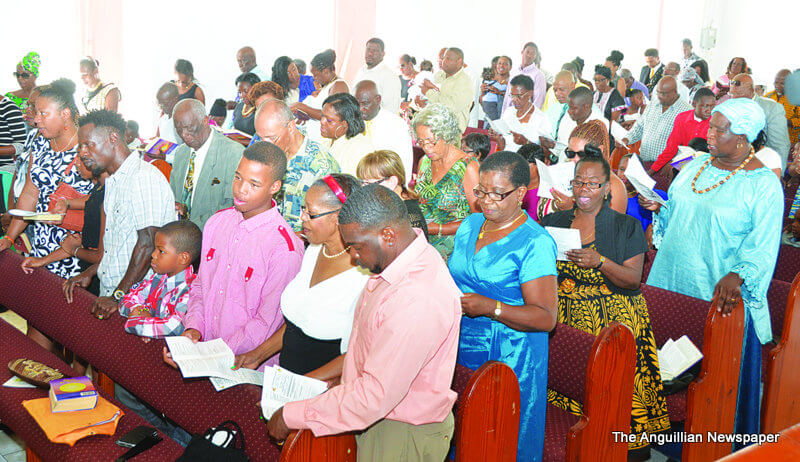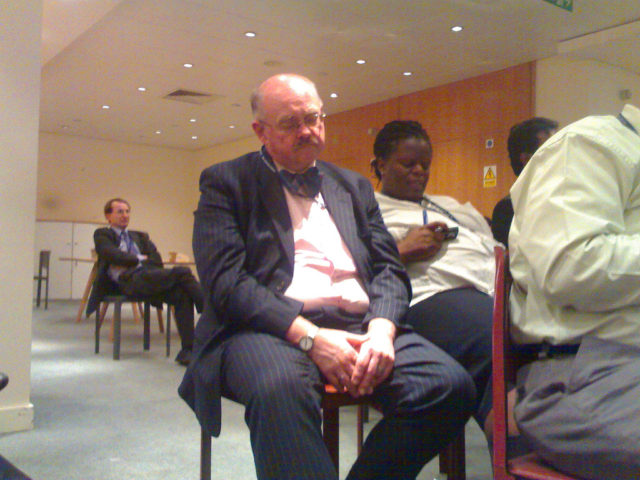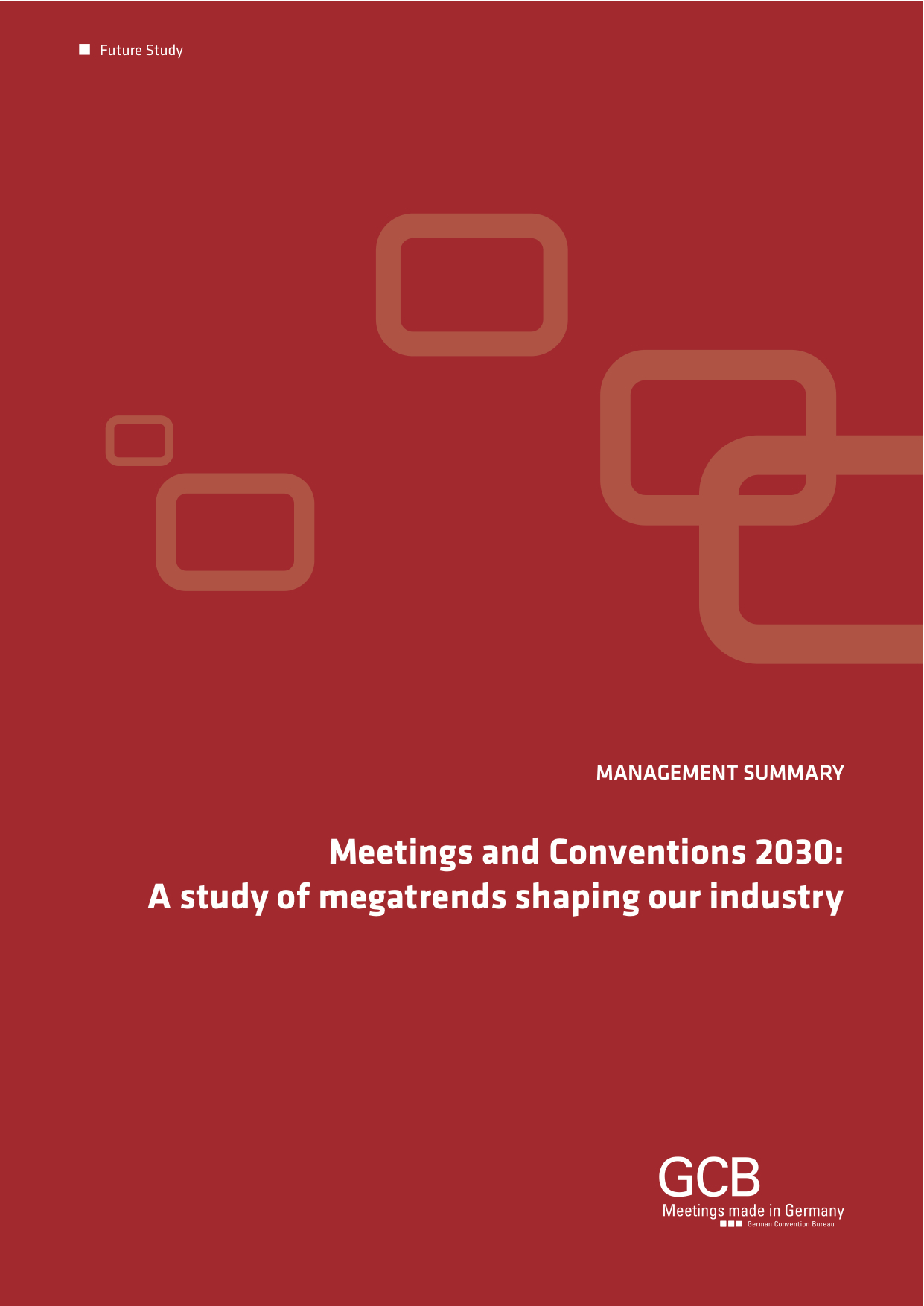Lessons from Anguilla: What meeting designers can learn from religious services
 What can meeting designers learn from religious services?
What can meeting designers learn from religious services?
On my daily vacation walk to Island Harbour, I hear singing. As I turn the corner onto Rose Hill Road, the sound swells. It’s 7:30 a.m., but the morning service at St. Andrew’s Anglican Church is in full swing. As I pass, a familiar hymn from my youth washes over me, sung by a hundred enthusiastic voices. And yes, I admit it, as I enjoy the harmonies I hear, I begin to think about religious meeting design. And here’s what meeting designers can learn from religious services
Religious services are probably around 300,000 years old — by far the oldest form of organized meeting created by humans. We know little about prehistory religious services, but the meeting designs used by major world religions today date from the Middle Ages. Over the last thousand years, religious meetings developed some important features in order to maximize the likelihood that people would attend.
What’s interesting is that these features are largely absent from modern secular meetings!
So what can we learn from religious meeting design? I confine my observations to Christian and Jewish services, as they are the faiths familiar to me.
Don’t let any one person talk too long
The most frequent preaching length in Christian churches is 20 to 28 minutes. Although some pastors take more time, their number is decreasing. And in 2014, the Vatican recommended that sermons be limited to eight minutes or less!
While people joke about the length of boring sermons, contrast this relative brevity to modern conferences, where speakers typically speak for an hour. We know that listener attention drops sharply after ten minutes unless a speaker does specific things to maintain it. Religious institutions know this and deliver short bursts of emotional content. Most meetings don’t, and attendee learning suffers as a consequence.
Include lots of communal activities
Singing is one of the most powerful fundamental, communal human activities; right up there with eating together. The oldest written music is a song, the Sumerian Hymn to Creation, dated before 800 B.C. Communal singing likely predates this by tens or hundreds of thousands of years.
Jewish and Christian religious services are full of singing and praying. These are communal activities — each congregant contributes to a common endeavor. Some people have good voices, sing in harmony, and add pleasure to everyone’s experience. Even those who can’t carry a tune very well become part of something, a common endeavor, while they are singing a familiar and often beautiful hymn or prayer.
Communal activities are powerful because they align participants in a common experience: creating something beautiful and uplifting together. When was the last time you did something like that in a meeting?
Breaks aren’t communal activities
Most meeting organizers assume that breaks and socials should provide the majority of human interaction in their meetings. But breaks and socials aren’t communal activities — everyone is doing something different! The post-service Church Suppers and Jewish Kiddish give congregants time to meet socially. This strengthens the communal experience provided by the service. In contrast, modern conferences expect attendees to bond after having primarily listened to lectures.
Keep ’em moving!
People don’t sit still at most religious services. They stand to sing and pray. In some congregations, dance is a normal component of the service. Physical movement during events is important because blood flow to the brain starts to decline within ten minutes of sitting still, leading to decreased attention. Sadly, it’s rare for meeting sessions to include any kind of body movement.
Provide an emotional experience
Whatever opinions you hold about religious services, it’s clear that they are designed to create an emotional experience. Given a choice between emotional and “book learning” experiences, people will invariably choose the former. Religious services offer the kinds of experiences that people prefer, served up in a safe and familiar way. Most conferences offer little emotional experience directly related to their content and purpose; instead such experiences — entertainment and socials — are glued onto the program as unintegrated extras.
Conclusions
What can meeting designers learn from religious services? I’m not suggesting that we turn all our meetings into gospel revivals. But think about it. How would your meetings be improved if they incorporated some of the religious services features I’ve shared here?
Church service photograph courtesy of The Anguillan

 What can meeting designers learn from religious services?
What can meeting designers learn from religious services?
